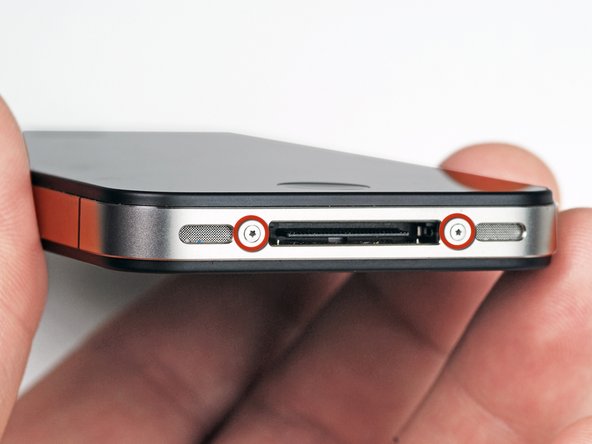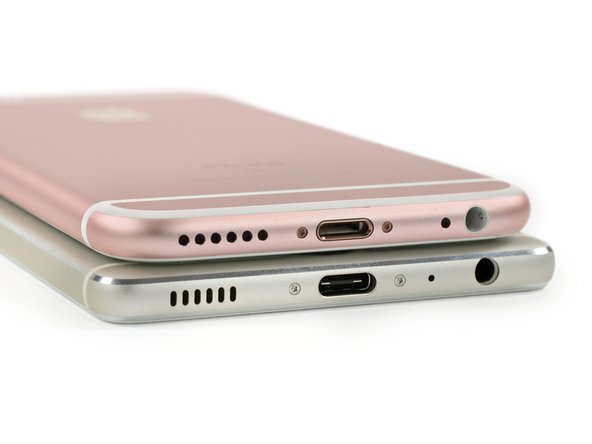This is the fourth article in our ongoing series of posts on the history of screwdriver bits. We’ll be posting one a day leading up to the launch of the Manta Driver Kit and Mahi Driver Kit on Tuesday, April 24.
When I was a kid, I begged my dad to let me help him with his weekend projects. I’d follow him around with a flashlight in one hand, his toolbox in the other. We sang Simon and Garfunkel’s “Cecilia” in perfect harmony while we worked. Whenever he tasked me to shine my flashlight on something for further investigation, I felt like the chosen one. And when he’d ask me for a screwdriver, I’d reply: “Phillips or flathead?”
For the longest time, I actually thought there were only two screw bits. Turns out the world is chock full o’ fantastic bits—if you know where to find them. Incredibly resilient creatures, bits are. When screws were invented in the Middle Ages, they had a single purpose: to fasten things together. Over time, manufacturers bred screws for other motives: to keep people out.

While proprietary screws are licensed screws that often (but not always) have restricted availability, security screws are usually designed to be difficult to remove without the corresponding (usually uncommon) bit. There are dozens of different kinds of security screws, but the pentalobe is perhaps the most famous of them all.
The pentalobe is a five-pointed, flower-shaped screw—and it’s famous for being Apple’s tiny security screw of choice. Mechanically, the pentalobe tends to be inferior to other screws. It has a shallow draft that makes the screw prone to stripping out. And back when it first started popping up, the pentalobe was pretty good at locking down Apple devices.
Apple introduced the pentalobe in their flagship 15-inch MacBook Pro back in 2009, securing the battery in place and presumably preventing DIY battery swaps. But it really got people’s attention a year later, when it started showing up on the outside of the iPhone 4 instead of the traditional Phillips. When we first encountered the pentalobe in an iPhone, we thought it might be some kind of mutant Torx screw. Of course, we didn’t have the right screwdriver, but with some finagling, we managed to extract the little screws.

But what about the next 400 times we needed to remove them?
Back in 2010, we couldn’t find a single reputable supplier that sold the screwdrivers Apple technicians used. So we reverse-engineered the screw and made our own driver. Other folks did, too. Nowadays, you can find a pentalobe driver in about every electronics toolkit out there, including our new Manta Driver Kit and Mahi Driver Kit. It’s still a barrier to entry for a lot of DIY fixers—but not one that is terribly hard to overcome.
The pentalobe will always be associated with Apple. But recently, other manufacturers have piled on the five-point-screw bandwagon, too. A couple years ago, we spotted our first set of pentalobe screws outside of Apple’s ecosystem—first in Huawei’s P9 and then again in Meizu’s MX6. With no real functional reason for choosing this screw, I can only assume it’s to look more like Apple’s most popular devices.


The pentalobe definitely isn’t my favorite screw, so it’s hard for me to call this particular bit “fantastic.” But like I said, bits are resilient creatures. And so are fixers. Companies will continue to pump out new security screws, and people who need to fix things will figure out a way to get around them. Now, more than ever, quick fabrication capabilities allow for faster production of custom bits. So if there’s a screw, there will be a bit.
And that right there, is pretty fantastic.

While you’re here, check out our previous posts on the Flathead, the Robertson, and the Phillips. And be sure to join our mailing list—you’ll be the first to find out when the Manta Driver Kit and Mahi Driver Kit drop on Tuesday.




6 Comments
My father would never allow me to say “flathead”- it was called ‘common’.
Phillp’s or common.
YenTrader2 - Reply
This is exactly about that, but without the technical expertise you provide. :
https://www.3quarksdaily.com/3quarksdail...
tjj201 - Reply
Ford Motor Vehicles used a pentalobe in the steering wheel attachment for the air bag in the late 90’s to 2005.
Robert Golding - Reply
My 2003 MGTF has the SCU held in with proper Pentalobe (flower petal shape) tamperproof screws (has a centre pin). I believe that what Apple use is five point security Torx which are star shaped, not flower shaped, they can be tamperproof (with a centre pin,) or without. I think they are called Torx Ram plus bits. I spent over an hour trying to remove them with security Torx, and security hexed bits, working blind, as I could not even get a proper mirror into to see the nut head. Eventually cut the nut off the back with a small angle grinder blade, and that’s when I discovered that it wasn’t any normal normal security bit, Torx or otherwise. There were a few expletives flying around!. I Believe some Modern German cars are now using them, just to make life more difficult for the amateur Mechanic.
martinkwatson - Reply
Has anyone seen a screwdriver for a reversed pentalobe? The driver fits over the 5-point clover instead of in the clover .
Mark Hosang - Reply